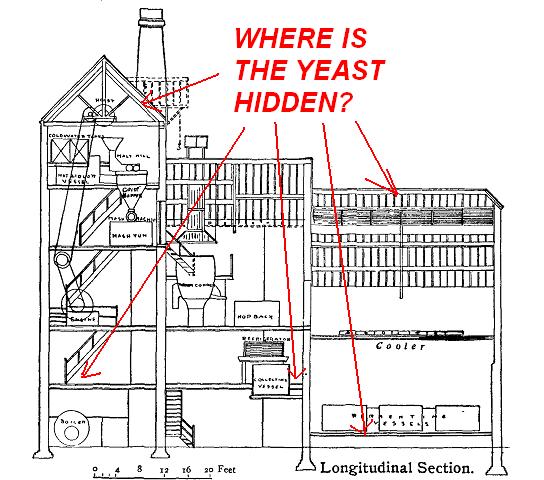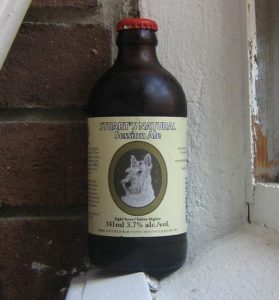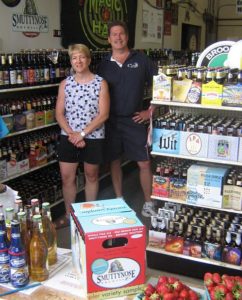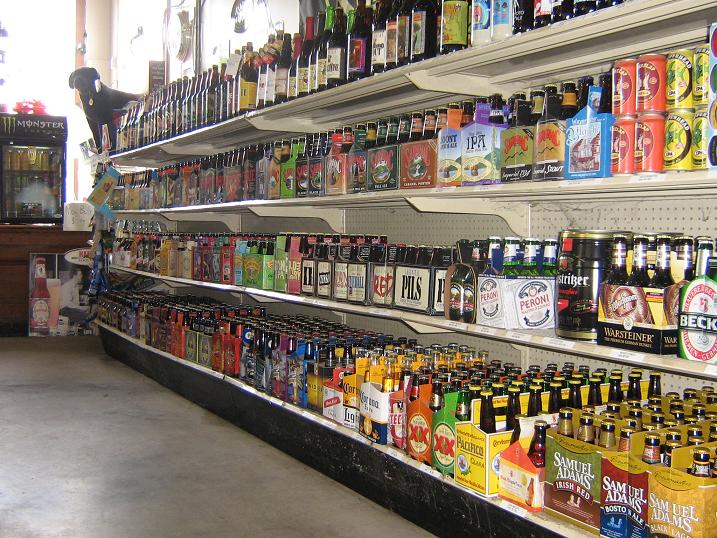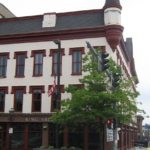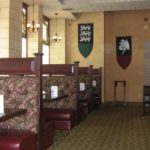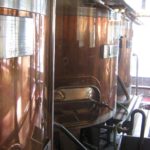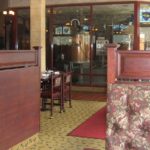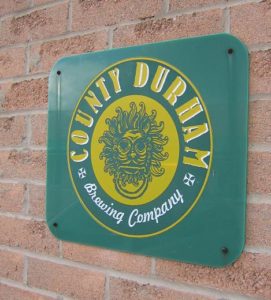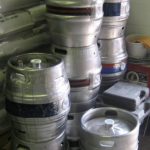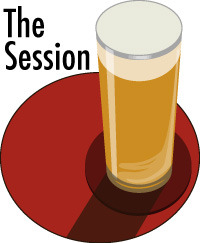I am not sure what it is about journalists these days but they seem to have entirely forgotten what life was like in the 1980s. People seem to think that, you know, the special friends relationship of hooking up was invented by those with a Blackberry and that facing economic tough times is something that no one has coped with before. Odder, however, than forgetting the lax ways of amore and getting together with pals over a pot of weak tea is the idea that “pre-drinking” as described by the Toronto Star this morning is new:
Young people are engaging in a “new culture of intoxication” that even has its own buzzwords – “pre-drinking” or “pre-gaming.” If you’re a confused parent looking for a simple definition, just click on YouTube, or on urbandictionary.com, where it’s described as the “act of drinking alcohol before you go out to the club to maximize your fun at the club while spending the least amount on extremely overpriced alcoholic beverages.” This new form of binge drinking goes far beyond a warm-up to a night out with friends, says a new report by Centre for Addiction and Mental Health researcher Samantha Wells and two colleagues at the University of Toronto and University of Western Ontario. It’s an “intense, ritualized and unsupervised” drinkfest, in many cases perfectly timed so that the booze hits the bloodstream within minutes of stepping inside the bar, Wells said in a telephone interview from London, Ont.
Wow. They are “unsupervised” when they do this?!?!? Imagine that.
Did anyone involved with these studies ask a Maritimer who was in university a quarter century ago? Frankly, I still find it odd to be in a pub before ten in the evening given that the Halifax social scene required picking up a case (Nova Scotian for 12 beer) on the way home, having something for supper like K-D or oven fries and then landing at one house or another to, frankly, pound them back until it was time to get the taxi downtown. But these days I get all snoozy well too early for this sort of thing. I hardly make it to the end Num-Three-Ers on Friday night at eleven now. Yet somewhere some part of me is happy that gangs of the young are still being safely dumb in fun packs within reasonable parametres, singing at the tops of their lungs, turning into bags of seat as they slam-dance or whatever the kids are up to today.

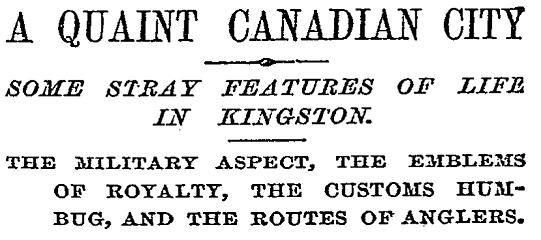
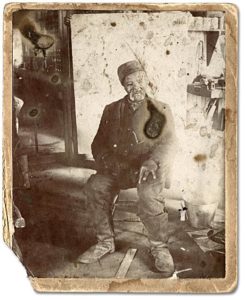 Right: Levi Veney, ex-slave who lived in Amherstburg, taken at J. D. Burkes’ store, 1898.
Right: Levi Veney, ex-slave who lived in Amherstburg, taken at J. D. Burkes’ store, 1898. 
